Constructivist Approaches to Sense-Making About Design Theory
Mages, Michael Arnold (2022) Constructivist Approaches to Sense-Making About Design Theory. In: Proceedings of Relating Systems Thinking and Design, RSD11, 3-16 Oct 2022, Brighton, United Kingdom.
Preview |
Text
Concept-Map-Book-Binder.pdf Available under License Creative Commons Attribution Non-commercial No Derivatives. Download (27MB) | Preview |
![Final-Projects_Constructivist Approaches to Sense-Making About Design Theory_Page_01.jpg [thumbnail of Final-Projects_Constructivist Approaches to Sense-Making About Design Theory_Page_01.jpg]](https://openresearch.ocadu.ca/4558/2.hassmallThumbnailVersion/Final-Projects_Constructivist%20Approaches%20to%20Sense-Making%20About%20Design%20Theory_Page_01.jpg) 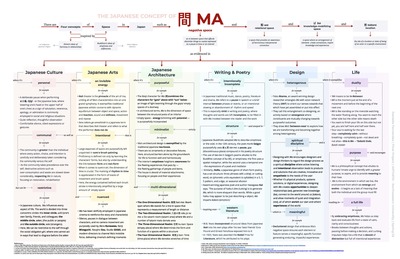 Preview |
Image
Final-Projects_Constructivist Approaches to Sense-Making About Design Theory_Page_01.jpg Available under License Creative Commons Attribution Non-commercial No Derivatives. Download (2MB) | Preview |
![Final-Projects_Constructivist Approaches to Sense-Making About Design Theory_Page_02.jpg [thumbnail of Final-Projects_Constructivist Approaches to Sense-Making About Design Theory_Page_02.jpg]](https://openresearch.ocadu.ca/4558/3.hassmallThumbnailVersion/Final-Projects_Constructivist%20Approaches%20to%20Sense-Making%20About%20Design%20Theory_Page_02.jpg) 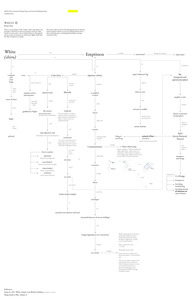 Preview |
Image
Final-Projects_Constructivist Approaches to Sense-Making About Design Theory_Page_02.jpg Available under License Creative Commons Attribution Non-commercial No Derivatives. Download (985kB) | Preview |
![Final-Projects_Constructivist Approaches to Sense-Making About Design Theory_Page_03.jpg [thumbnail of Final-Projects_Constructivist Approaches to Sense-Making About Design Theory_Page_03.jpg]](https://openresearch.ocadu.ca/4558/4.hassmallThumbnailVersion/Final-Projects_Constructivist%20Approaches%20to%20Sense-Making%20About%20Design%20Theory_Page_03.jpg) 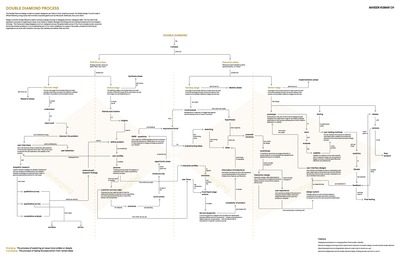 Preview |
Image
Final-Projects_Constructivist Approaches to Sense-Making About Design Theory_Page_03.jpg Available under License Creative Commons Attribution Non-commercial No Derivatives. Download (2MB) | Preview |
![Final-Projects_Constructivist Approaches to Sense-Making About Design Theory_Page_04.jpg [thumbnail of Final-Projects_Constructivist Approaches to Sense-Making About Design Theory_Page_04.jpg]](https://openresearch.ocadu.ca/4558/5.hassmallThumbnailVersion/Final-Projects_Constructivist%20Approaches%20to%20Sense-Making%20About%20Design%20Theory_Page_04.jpg) 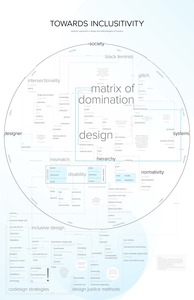 Preview |
Image
Final-Projects_Constructivist Approaches to Sense-Making About Design Theory_Page_04.jpg Available under License Creative Commons Attribution Non-commercial No Derivatives. Download (1MB) | Preview |
![Final-Projects_Constructivist Approaches to Sense-Making About Design Theory_Page_05.jpg [thumbnail of Final-Projects_Constructivist Approaches to Sense-Making About Design Theory_Page_05.jpg]](https://openresearch.ocadu.ca/4558/6.hassmallThumbnailVersion/Final-Projects_Constructivist%20Approaches%20to%20Sense-Making%20About%20Design%20Theory_Page_05.jpg) 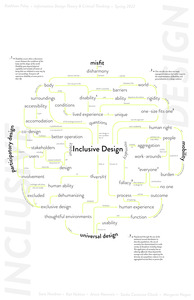 Preview |
Image
Final-Projects_Constructivist Approaches to Sense-Making About Design Theory_Page_05.jpg Available under License Creative Commons Attribution Non-commercial No Derivatives. Download (1MB) | Preview |
![Final-Projects_Constructivist Approaches to Sense-Making About Design Theory_Page_06.jpg [thumbnail of Final-Projects_Constructivist Approaches to Sense-Making About Design Theory_Page_06.jpg]](https://openresearch.ocadu.ca/4558/7.hassmallThumbnailVersion/Final-Projects_Constructivist%20Approaches%20to%20Sense-Making%20About%20Design%20Theory_Page_06.jpg) 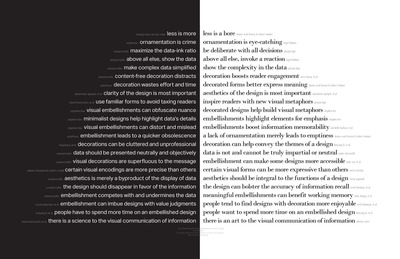 Preview |
Image
Final-Projects_Constructivist Approaches to Sense-Making About Design Theory_Page_06.jpg Available under License Creative Commons Attribution Non-commercial No Derivatives. Download (1MB) | Preview |
![Final-Projects_Constructivist Approaches to Sense-Making About Design Theory_Page_07.jpg [thumbnail of Final-Projects_Constructivist Approaches to Sense-Making About Design Theory_Page_07.jpg]](https://openresearch.ocadu.ca/4558/8.hassmallThumbnailVersion/Final-Projects_Constructivist%20Approaches%20to%20Sense-Making%20About%20Design%20Theory_Page_07.jpg) 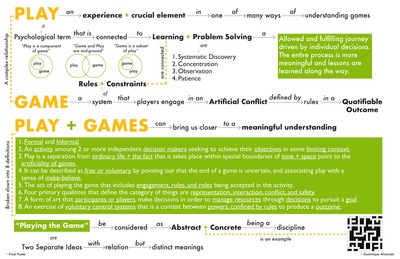 Preview |
Image
Final-Projects_Constructivist Approaches to Sense-Making About Design Theory_Page_07.jpg Available under License Creative Commons Attribution Non-commercial No Derivatives. Download (1MB) | Preview |
![Final-Projects_Constructivist Approaches to Sense-Making About Design Theory_Page_08.jpg [thumbnail of Final-Projects_Constructivist Approaches to Sense-Making About Design Theory_Page_08.jpg]](https://openresearch.ocadu.ca/4558/9.hassmallThumbnailVersion/Final-Projects_Constructivist%20Approaches%20to%20Sense-Making%20About%20Design%20Theory_Page_08.jpg) 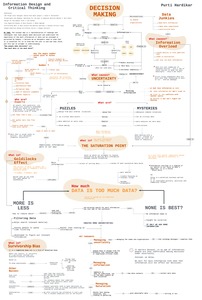 Preview |
Image
Final-Projects_Constructivist Approaches to Sense-Making About Design Theory_Page_08.jpg Available under License Creative Commons Attribution Non-commercial No Derivatives. Download (5MB) | Preview |
![Final-Projects_Constructivist Approaches to Sense-Making About Design Theory_Page_09.jpg [thumbnail of Final-Projects_Constructivist Approaches to Sense-Making About Design Theory_Page_09.jpg]](https://openresearch.ocadu.ca/4558/10.hassmallThumbnailVersion/Final-Projects_Constructivist%20Approaches%20to%20Sense-Making%20About%20Design%20Theory_Page_09.jpg) 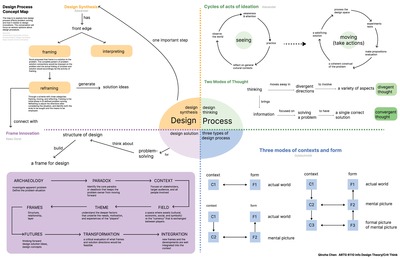 Preview |
Image
Final-Projects_Constructivist Approaches to Sense-Making About Design Theory_Page_09.jpg Available under License Creative Commons Attribution Non-commercial No Derivatives. Download (2MB) | Preview |
![Final-Projects_Constructivist Approaches to Sense-Making About Design Theory_Page_11.jpg [thumbnail of Final-Projects_Constructivist Approaches to Sense-Making About Design Theory_Page_11.jpg]](https://openresearch.ocadu.ca/4558/11.hassmallThumbnailVersion/Final-Projects_Constructivist%20Approaches%20to%20Sense-Making%20About%20Design%20Theory_Page_11.jpg) 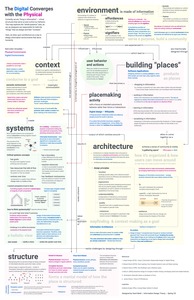 Preview |
Image
Final-Projects_Constructivist Approaches to Sense-Making About Design Theory_Page_11.jpg Available under License Creative Commons Attribution Non-commercial No Derivatives. Download (2MB) | Preview |
![Final-Projects_Constructivist Approaches to Sense-Making About Design Theory_Page_12.jpg [thumbnail of Final-Projects_Constructivist Approaches to Sense-Making About Design Theory_Page_12.jpg]](https://openresearch.ocadu.ca/4558/12.hassmallThumbnailVersion/Final-Projects_Constructivist%20Approaches%20to%20Sense-Making%20About%20Design%20Theory_Page_12.jpg) 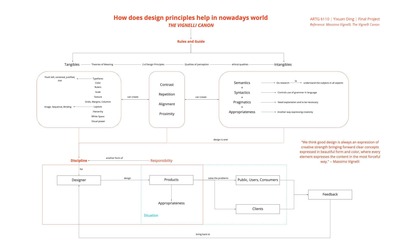 Preview |
Image
Final-Projects_Constructivist Approaches to Sense-Making About Design Theory_Page_12.jpg Available under License Creative Commons Attribution Non-commercial No Derivatives. Download (168kB) | Preview |
Preview |
Text
Final-Projects_Constructivist Approaches to Sense-Making About Design Theory.pdf Available under License Creative Commons Attribution Non-commercial No Derivatives. Download (9MB) | Preview |
Abstract
This exhibit contains exemplar concept maps from the Northeastern University course: Information Design Theory & Critical Thinking.
Over the course of the semester, 12 students produced nearly 200 concept maps representing a close reading of a variety of design theoretical readings.
Graduate students attempting to engage meaningfully with the body of design theory are like people who have come too late to a party with a new group of people. The histories that preexist the party are opaque. Who has dated who, who have been friends for years (or enemies), who worked together for a decade or more, who share common ideas, who share common background knowledge or ways of working — these nuances of relationship are hidden and can only be discovered through engagement, over time. In the context of an evening party, conversations have been ongoing, interest groups have been formed, and people have chosen their place in the conversation.
In the context of Design Theory, first stepping into reading theoretical work can be similarly disorienting. A number of techniques drawn from literature-based fields can be useful: close reading (North 2013), text annotation, note-taking, and critical analysis. These are all techniques that can be used successfully with a variety of students and are familiar to most. Yet these approaches do not leverage visual and spatial sense-making capacities that a design education seeks to build upon. Map-making can be a successful alternative to linear note-taking approaches and offers opportunities for students to build their analytical skills using visual and spatial approaches. (Novak, Gowin 1984) Through this practice, Information Design students gain additional opportunities to represent meaningful relationships graphically. In the Spring semester of 2022, 12 graduate students in Information Design took the course Information Design Theory & Critical Thinking.
In this course, students explored concept mapping (Dubberly 2009, 2010) as the key approach to engage with a range of design- and design-related theoretical design readings drawn from architecture, linguistics, anthropology, and cybernetics. Over the semester, students produced 16 weekly maps (at a typical pace of 2/week) that modelled ideas represented in each reading, as well as a larger, more comprehensive concept map that engaged with a theoretical issue for the course final.
| Item Type: | Conference/Workshop Item (Poster) |
|---|---|
| Uncontrolled Keywords: | Concept Map, Design Theory, Visualization |
| Divisions: | Faculty of Design |
| Related URLs: | |
| Date Deposited: | 06 Jun 2024 20:12 |
| Last Modified: | 06 Jun 2024 20:15 |
| URI: | https://openresearch.ocadu.ca/id/eprint/4558 |
Actions (login required)
 |
Edit View |

 Tools
Tools Tools
Tools